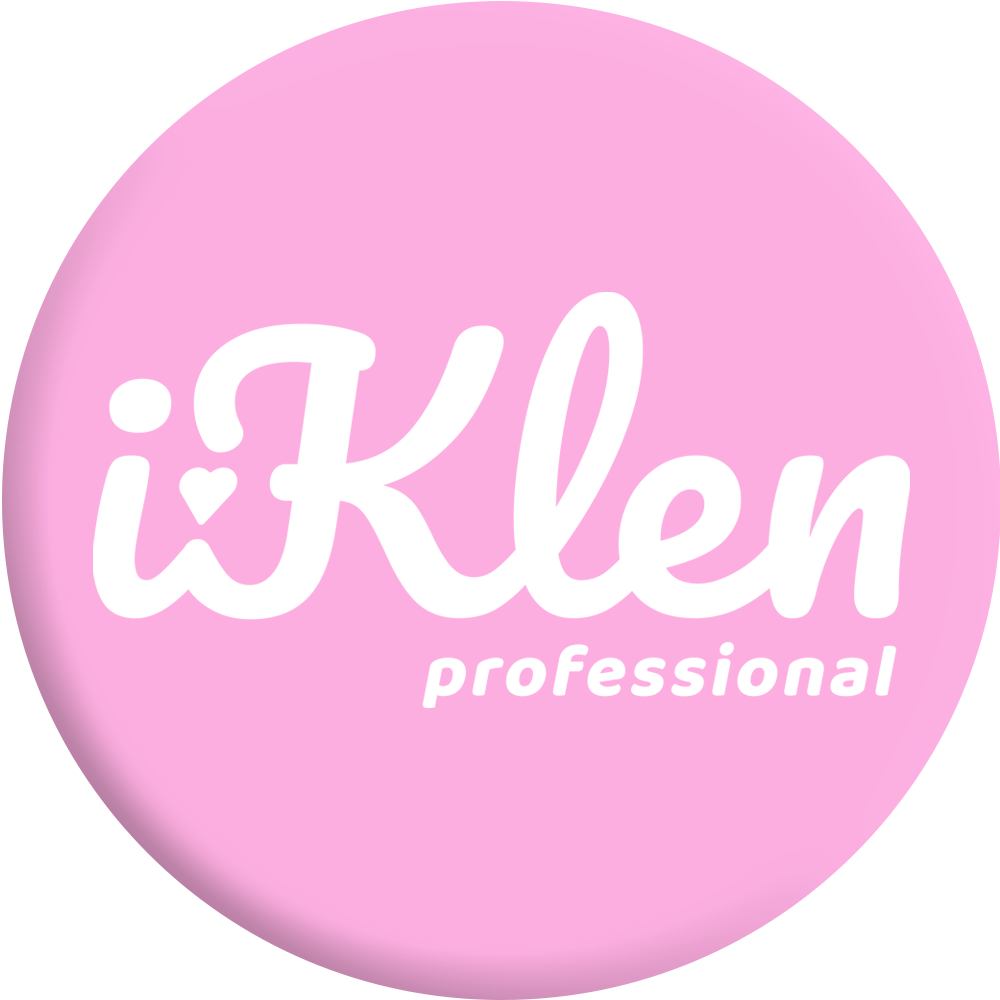Maintaining a clean and safe environment in childcare settings is crucial, particularly when it comes to frequently used furniture like tables and chairs. These pieces are central to daily activities, from meals to crafts, and thus are hotspots for germs and debris.
As childcare center cleaning experts with two decades of experience, we present this detailed guide to effectively clean and sanitize tables and chairs, ensuring they remain hygienic and inviting for the little ones in your care.
Preparing for Cleaning
Proper preparation is the first step toward effective cleaning. Ensuring that all necessary tools and cleaning solutions are at hand will make the cleaning process more efficient and thorough.
Gather Cleaning Supplies
Before you begin, assemble all required cleaning supplies. This includes:
- EPA-approved disinfectants specifically safe for use around children
- Microfiber cloths or sponges
- Buckets
- Protective gloves
- Masks, if dealing with potential allergens or strong chemicals
Selecting the right cleaning products is vital to not only achieve optimal cleanliness but also to ensure the safety of the children and staff.
Personal Protective Equipment
Wearing the appropriate personal protective equipment (PPE) is essential to protect yourself from chemicals and germs. Gloves are necessary, and masks should be worn if the cleaning agents used are prone to causing respiratory irritation.
Daily Cleaning Routine
Regular cleaning of high chairs and tables is essential to maintain a hygienic environment where children eat, play, and learn.
Wiping Down Surfaces
Start by wiping down all surfaces with a damp microfiber cloth to remove crumbs, dust, and other visible debris. This initial wipe down prepares the surface for a more thorough disinfection.
Applying Disinfectant
Use an EPA-approved disinfectant that is safe for use in environments frequented by children. Apply the disinfectant with a clean cloth or sponge, ensuring complete coverage of the surfaces. Follow the manufacturer’s instructions regarding contact time, allowing the disinfectant to sit for the required duration to effectively kill germs.
Rinsing (if necessary)
Depending on the type of disinfectant used, it may be necessary to rinse the surfaces with clean water to remove any residues. This is particularly important where children’s skin may come into direct contact with the surfaces.
Drying
Ensure all surfaces are thoroughly dried with a clean, dry cloth or allow them to air dry before children use them again. This step prevents the growth of mold or bacteria that can occur in moist environments.
Weekly Deep-Cleaning Checklist
In addition to daily cleaning routines, a more intensive cleaning session should be scheduled weekly to address areas that are less accessible during quick cleanings.
Scrubbing Hard-to-Reach Areas
Using a small brush or toothbrush, scrub the crevices and joints of tables and chairs where food particles and debris tend to accumulate. This ensures a deeper clean, preventing the buildup of bacteria and grime.
Checking for Repairs
Weekly cleanings are an opportune time to inspect furniture for any damage or wear and tear. Loose screws should be tightened, and damaged surfaces repaired or replaced to prevent injuries.
Safe Disinfection Practices
Choosing the correct disinfectants and using them safely is crucial to maintaining a child-friendly environment.
Selecting Child-Safe Disinfectants
Opt for disinfectants that are powerful against pathogens yet gentle enough not to harm the children’s sensitive skin. Avoid products with harsh chemicals and opt for those with a safer chemical composition.
Proper Dilution and Application
Dilute the disinfectant according to the manufacturer’s guidelines to ensure its efficacy and safety. Applying the product with a spray bottle or cloth should be done evenly and carefully, with attention to areas that are frequently touched.
Color-Coded Cleaning System
Implementing a color-coded system can significantly enhance the effectiveness and organization of your cleaning routine.
Implementation and Benefits
Assign specific colors to different areas or types of equipment. For example, use blue cloths for tables and yellow for chairs. This method prevents cross-contamination and helps staff quickly identify the correct tools for each task.
Maintaining Furniture Longevity
Proper care extends the life of furniture, making it a cost-effective practice for childcare facilities.
Regular Maintenance Checks
Regular inspections and maintenance ensure that furniture remains safe and functional. Addressing minor issues promptly prevents more significant problems down the line.
Educating Staff on Proper Care Techniques
Training all staff in proper cleaning and maintenance techniques ensures that everyone contributes to the upkeep and hygiene of the childcare environment.
Engaging Children in Cleanliness
Educating children on the importance of cleanliness can begin with simple tasks like wiping down their spaces after use. This not only instills good habits but also fosters a sense of responsibility.
By following these guidelines, childcare providers can ensure that tables and chairs are not only clean but also safe and well-maintained, contributing to a healthier environment for everyone involved.
